Dupa plasarea solicitării de comandă, in sectiunea Istoric puteti vedea cate solicitări de comandă mai avem de procesat inaintea dumneavoastra
Program de lucru: Luni - Vineri 9:00 - 18:00, pauza 13:00 - 14:00.
Se efectueaza lucrari de mentenanta la site si pot aparea erori. In cazul in care intampinati erori va rugam sa reincercati mai tarziu.
Ridicarea personala este disponibila pentru comenzile achitate in avans. Se pot ridica dupa ce sunt pregatite.
Niciun produs
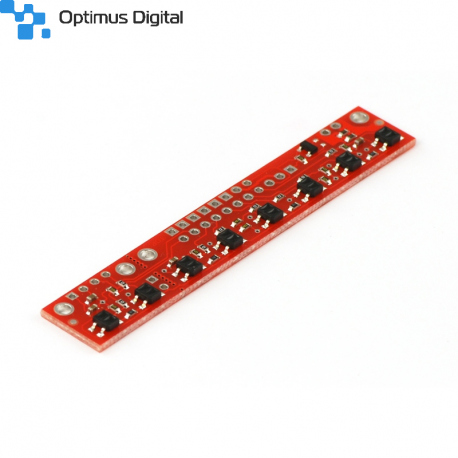 Mărește
Mărește
Bară de Senzori Infraroșu Reflectivi QTR-8A
0104110000010247
Produs nou
Acest modul senzor are 8 perechi IR LED / fototranzistor montate pe un pas de 0,375 ", ceea ce îl face un detector excelent pentru un robot de urmărire a liniei. Perechi de LED-uri sunt aranjate în serie pentru a reduce la jumătate consumul de curent și un MOSFET permite LED-urilor să fie oprit pentru opțiuni suplimentare de detectare sau de economisire a energiei.
Acest produs nu mai este in stoc
- Scrie o recenzie
- Elimina acest produs din lista mea de favorite.
- Adauga acest produs la lista mea de favorite.
- Imprimă
Informații
Specificații
- Dimensiuni: 2,95 "x 0,5" x 0,125 "(fără știfturi de antet instalate)
- Tensiune de lucru: 3,3-5,0 V
- Curent de alimentare: 100 mA
- Formatul de ieșire: 8 tensiuni analogice
- Tensiunea de ieșire: 0 V la tensiunea furnizată
- Distanța optimă de detectare: 0,125 "(3 mm)
- Distanța maximă recomandată de detectare: 0,25 "(6 mm)
- Greutate fără știfturi: 0,11 oz (3,09 g)
Recenzii
Clienții care au cumpărat acest produs au mai cumpărat:
-
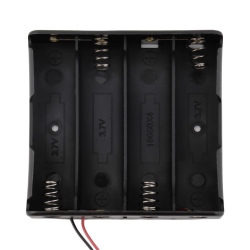
Suport de...
Suport de baterii pentru 4 acumulatori/baterii...
$1.20
-
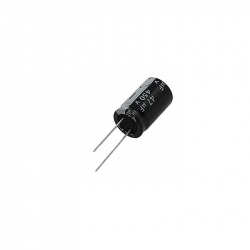
Condensator...
Condensator Electrolitic 47 uF, 450 V
$0.72
-
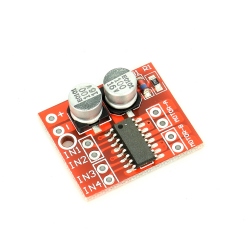
Modul Driver...
Modul Driver de Motoare Dual în Miniatură este...
$0.90
-
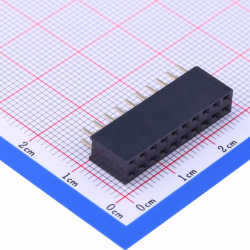
Header de...
Header de Pini Mamă 2x10p 2.54 mm
$0.79
-
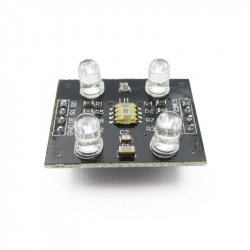
Modul Senzor...
Modulul cu senzor de culoare TCS230 este ideal...
$9.36
-
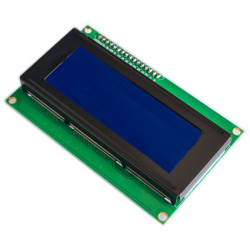
LCD 2004 cu...
LCD 2004 cu Backlight Albastru și Interfață I2C
$9.60
-
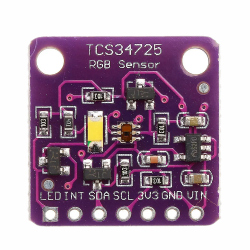
Modul Senzor...
Modul Senzor de Culoare RGB TCS34725
$12.00
-
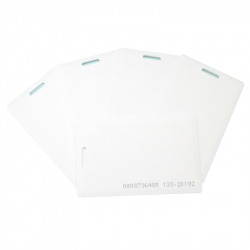
Cartelă RFID...
Cartelă RFID 125kHz
$0.72
-
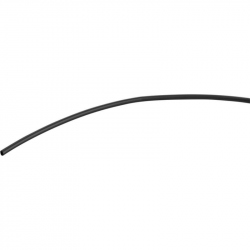
Tub...
Tub Termocontractabil 1 mm Pretul afisat este...
$0.24
-

Microcontrol...
Microcontroller ATmega328p-PU ideal pentru...
$4.92














